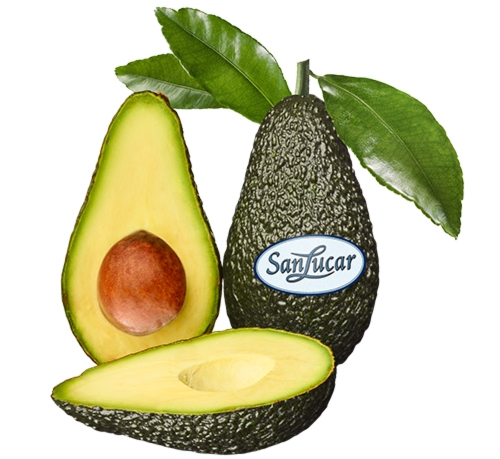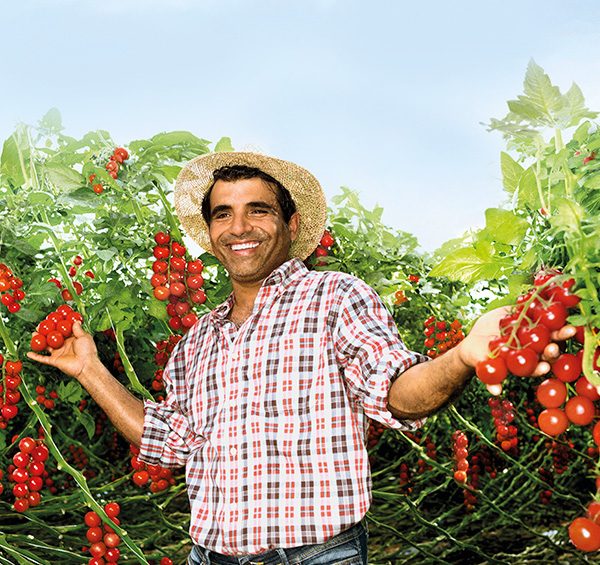Happy campers instead of grouchy kids’ faces when it’s time for stew

As we all know here at SanLucar, fruits and vegetables contain essential substances. Therefore, fresh fruits and vegetables should also play a central role in children’s diet.
Meanwhile, on the food pyramid, the Department of Fruit and Vegetables has taken priority over the Department of Cereal Products. This means, that for a healthy diet, fruit and vegetables should be the largest share of food in relation to other food groups. This is the best way to prevent food-related diseases.
It is well known that humans are creatures of habit. That is why it is especially important that children learn to love plenty of fresh fruits and vegetables and to integrate them into their everyday life. However, in my opinion, children shouldn’t be forced – i.e.: “If you don’t eat finish your plate – or your vegetables, it’ll rain.” This is an old trick that doesn’t work and has not made any vegetables popular, but rather promoted rejection. Fresh, colourful fruits, fruit snacks, vegetables with dip and children’s rights are much more effective and up-to-date.
In order to make these valuable foods as tasty as possible to children, there are simple tricks help to make eating more fun for children. Sometimes it’s certain shapes or odours of fruits and vegetables that put off children. In order for kids to enjoy the delicious SanLucar fruits and their quality, there are a few tricks to convince children of the good flavour and the versatility of fruits and vegetables.
Our simple tips for the vegetable kitchen for kids with flavour and effectiveness:
- Include your children when selecting products at the supermarket. It motivates them to choose from the varied range colourful fruits or vegetable varieties.
- Let the kids participate in simple preparation so that they are proud of the food they’ve made. In the early elementary school age, children can often do simple “chopping” themselves with their parents’ help.


